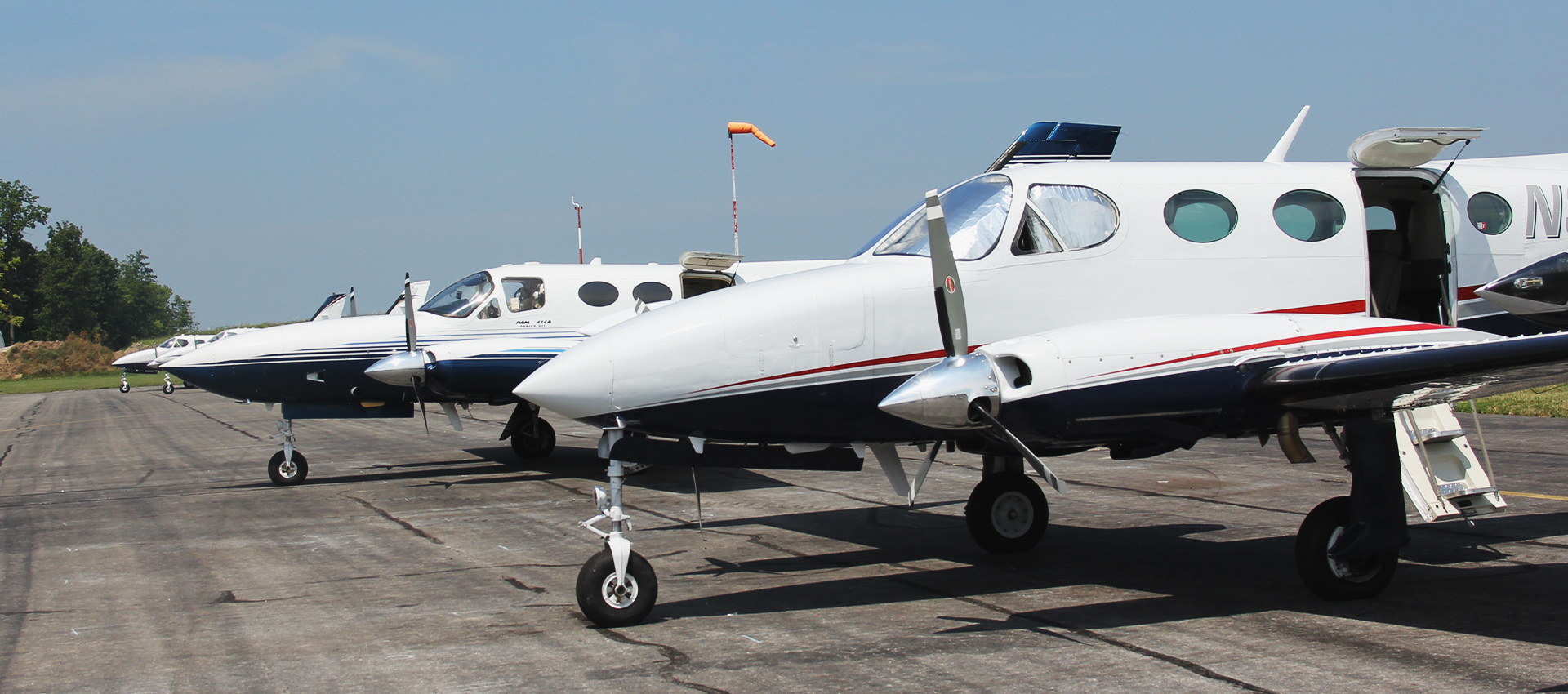Christian Pancake
TTCF Executive Director & Director of Aircraft Sales, TAS Aviation

Unless you’ve been living under a rock, you’ve surely heard the recent commotion regarding an unleaded alternative to the leaded aviation fuel we currently use. Just in case you’ve missed this hot headline, I’ll quickly recap this most recent situation. In August of 2021, Santa Clara County California officials voted and notified the public that they would ban the sale of 100LL at airports within their jurisdiction, starting on Jan 1st , 2022. The airports affected were both Reid-Hillview Airport and San Martin Airport, both operated by Santa Clara County. This sparked other municipalities and government organizations to join in, in considering a similar ban. The argument being purported, is that there is an unleaded alternative that has been offered by Swift Fuel called UL94 since 2015, and that a majority of piston powered aircraft can use this alternative. Well, that is not the case for us Twin Cessna driver and our bigger, higher compression engines.
This is a trend that doesn’t seem to be dying quickly or going away any time soon. So, what does this mean for the Twin Cessna community? This question is precisely what I wanted to shed light on through this article. I decided to do some independent research, as well as work with Tony Saxton, Director of Technical Support and other’s in and around the industry to give you all a good picture of what exactly this means for us. There are two phases to this problem, from a Twin Cessna and General Aviation perspective as I see it. First is the immediate problem of government agencies and airports banning or not allowing the sale of 100LL, and the second problem is the longer-term situation of finding an unleaded solution. Lets start with the immediate situation first, as many of our members have reached out directly to Tony, Marla and I asking what exactly they are supposed to do if their airport no longer allows the sale of leaded avgas. First, clearly, owners will simply need to make plans to find 100LL at airports where it is still available and add those logistics into their flight planning before, during and after you take a trip. But, what if your Twin Cessna gets fueled with UL94 or some other low octane form of gasoline unintentionally? What will happen?
Simply put, denotation will happen…particularly at higher power settings. According to Tony, the fuel/air charge or pockets within the charge will, for lack of a better word, abruptly explode and cause very high cylinder and pressure temperatures. He says this can happen slightly, over the course of several runs, or it can be a highly destructible single event that results in melted pistons, melted spark plug electrodes, and damaged cylinder heads. So, this means 100 octane fuel is a MUST in our aircraft engines, and if you’re fueled with lower octane fuel and lucky enough to catch it before flight, it should be treated as a misfuelling.
So, given the serious problem this can create for us, what is being done to mitigate the risk this presents and protect pilots and passengers, before a long-term solution is available? As mentioned, this issue doesn’t seem to be a flash in the pan and something that will not just fade away. Luckily, we in the general aviation space have great advocates in the form of AOPA, NBAA, EAA, and others. They have been working diligently with the FAA, local municipalities, and other relevant parties to ensure that these quick and wide sweeping regulations are not putting pilots at risk, to the best of their abilities. They have also formed an initiative led by the FAA called EAGLE, which stands for “eliminate aviation gasoline lead emissions” which has a specific goal of SAFELY eliminating the use of leaded gasoline in aircraft by 2030. In my opinion, this group, led predominately by the AOPA, has done a great job of incorporating type clubs including us at the Twin Cessna Flyer and giving regular updates on what is being done to help the situation. Additionally, we at the Twin Cessna Flyer have offered our assistance in whatever form they need to assist in each of the 4 pillars that they’ve outlined.
Now for the second piece of this problem, the longer-term solution for an unleaded alternative. There is hope on the horizon for those of us that don’t drive a Cessna 172 or something with a UL94 compatible aircraft. Multiple companies have been working on a UL100 option recently including Phillips 66 Aviation and others. But as you may have heard, GAMI the makers of those famous fuel injectors many of you have, have recently certified an unleaded 100 octane fuel for a limited number of airframes and engines. This certification couldn’t have come at a better time either, given that GAMI has been working on this solution for 11 years and their certification has come in the peak of the latest push for an unleaded alternative.
According to GAMI via an article in FLYING from January of this year, GAMI’s G100UL unleaded avgas alternative not only meets the requirement for an unleaded option but also contains no organometallic additives (I.e. tetraethyl lead) or scavenging agents such as ethylene dibromide. Tony mentioned, that traditional 100LL uses the lead additive to achieve optimal octane level and avoid detention, but GAMI has found another additive agent to boost the octane level to 100 octane. GAMI says, this results in a fuel that burns exceedingly clean and could lead to possible reduced maintenance and longer oil change intervals. That remains to be seen in our fleet of aircraft, but if true, is a great potential benefit to us, when certified for our aircraft and engines.
So, when in UL100 is available, we’re good to go, right? Not exactly. Once the fuel is certified, which they expect to happen soon for many of the higher compression engines, there is still the issue of manufacturing and distribution at scale. One of the biggest pillars of the EAGLE Initiative mentioned earlier, is the infrastructure portion. There are many considerations to consider such as whether FBO’s are going to add addition fuel tanks for the alternative fuels which isn’t a cheap option. Additionally, finding and setting up these manufacturing facilities and distribution networks could take a few years to put into place at a reasonable scale. Some predict that it could take anywhere between 2 and 5 years to have this infrastructure in place following fleet wide certification. This all emphasizes the importance of ensuring that we continue to do what we can to support the efforts of the folks who are working to ensure this transition happens safely and appropriately, and not sacrifice safety of General Aviation.
Was this all inevitable? Yes. While we think of ourselves as a small section of the market, we became the largest group emitting lead into the atmosphere given that we are one of the few if not the only, industry still using leaded fuel. General Aviation was a prime target at some point, and if it wasn’t now, it would have been soon. As evidenced, we are are close to a solution to this issue, and it is important for the longevity of these terrific aircraft. But until we have this solution and it is widely available at airports across the country, I predict we will slowly see more airports limit 100LL availability, so be sure to be safe and plan accordingly into the future.

